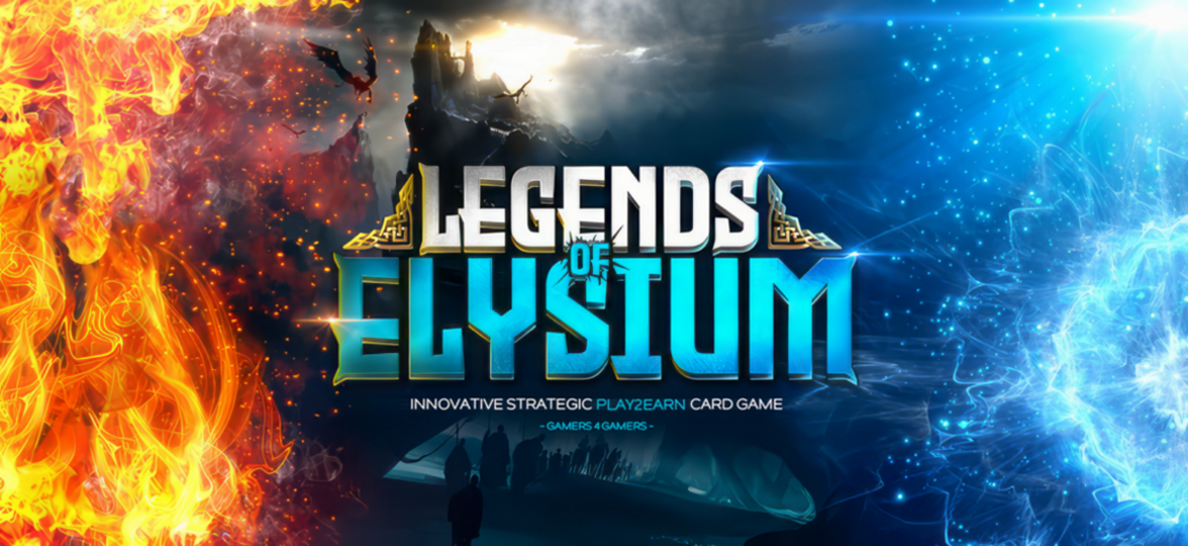Predicting the Rising Value of Trading Card Games Assets
Trading card games, often known as TCGs, offer an enchanting mix of strategy and fantasy. They’re extremely popular around the globe, providing an imaginative getaway while demanding skillful strategies for success. One game that’s captured the attention in the TCG arena is Legends of Elysium, or simply LoE. However, the rising costs of trading cards in these games have sparked conversation not just among dedicated players but also among potential investors. In this blog, we’ll delve into decision tree analysis – a method that might just predict these escalating prices.
Trading card games have become a favourite pastime for many – from casual enthusiasts to serious gamers and even fantasy literature aficionados, thanks largely to their sophisticated game mechanics, richly detailed lore, and captivating graphics. These games’ collectible aspect, where card rarity and demand dictate price, has encouraged more participation and has turned them into a viable investment venture. Foreseeing price surges, however, has proven tricky – until now. We’ll explore how decision tree analysis could be the trick up our sleeves in predicting those unpredictable price increases.
A study, by the title “Prediction Soaring Price by Decision Tree Dealing”, was presented in the International Journal of Digital Society in 2023, providing detailed insights into the trading card game marketplace. It zeroes in on the prediction of price spikes using decision tree models. The authors of this study have tackled the issue of handling imbalanced data, which can critically skew TCG market price predictions.
The investigation commenced with preliminary experiments, highlighting the importance of managing imbalanced data for accurate TCG market price predictions. When this data wasn’t handled appropriately, the decision tree model predictions were predominantly off the mark. Consequently, the focus of the study became: how do you handle imbalanced data effectively?
The researchers collected data for 43,535 TCG cards, using prices that were current as of 18th June 2022. They omitted certain game-specific and special cards from their dataset to prevent skewing. They categorised cards as “soaring” if their price increased by 1.5 times or more compared to the minimum price. Still, this only applied to cards priced between 1 and 150 USD, to counterbalance the impact of excessively priced cards. They suggested three techniques to manage imbalanced data which incorporated: Synthetic Minority Over-sampling Technique (SMOTE) for oversampling, random under-sampling, and a cost-aware strategy.
Interestingly, these methods improved prediction recall and accurately forecast prices based on the imbalanced data. The findings demonstrated that both under-sampling and the cost-aware technique gave more precise predictions, leading the authors to advocate these strategies for future research and price prediction in this arena. They also recommended tailored approaches to different price ranges and creating specific models for these segments for even more accurate predictions.
Legends of Elysium, in contrast, provides a different outlook on the TCG market. While LoE emphasises a riveting fantasy realm and strategic play to entice players, the study spotlights the significance of data analysis and predictive modelling to understand and anticipate market trends. Both angles are important in their own right. The enthralling narrative and strategic gameplay in LoE add to the game’s appeal and demand, influencing market prices. Meanwhile, data analysis and predictive models like decision tree analysis offer the insights needed to comprehend and anticipate these market price movements.
In summary, the study presents telling insights into the TCG market, specifically in terms of predicting price increases. The proposed methods for handling imbalanced data are a boon to all involved in the TCG market – gamers, collectors, and sellers alike. Moreover, by considering this alongside LoE, it underscores the interplay between game dynamics and market trends, thus underscoring the relevance of both within the broader TCG ecosystem.
